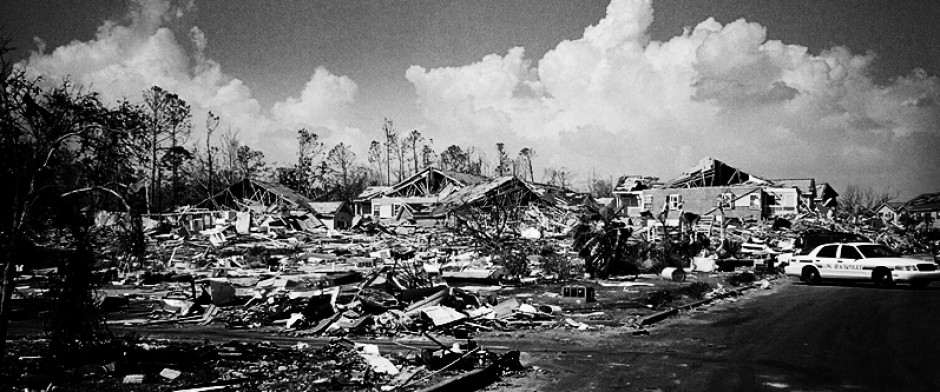Why should you care about what I am writing about today? “Each year in the United States, at least 2 million people become infected with bacteria that are resistant to antibiotics and at least 23,000 people die each year as a direct result of these infections.” (Source: Centers for Disease Control and Prevention) This is about to get potentially unimaginably worse.
Back in 2013, I wrote an article entitled, “Head of CDC Says It’s Time to Sound the Alarm on Antibiotic Resistant Superbugs” http://www.lastminutesurvival.com/tag/incurable/. In it, I explained that we were reaching a point where the spread of antibiotic resistant diseases would fundamentally alter our lives. In a world of resistant bacteria, even simple infections from cuts and scrapes will be deadly. Modern surgical medicine will be highly risky to impossible because of the untreatable bacterial infections. Perhaps most terrifying, the resistance will spread to previously eliminated diseases like Tuberculosis and allow for them to reemerge in a much more lethal form. I warned that if new antibiotics were not developed, we could soon be facing a time where cities become nothing more than death zones. Now, only three years later, we have crossed a major milestone of the worst case with the confirmed emergence of bacteria in the US resistant to the last resort antibiotic treatments.
Let me be clear. The US government is in panic mode behind the scenes. Although, government officials are sounding the “stay calm,” doctors and infectious disease specialists are much blunter about the dire implications of bacteria that are totally resistant to our treatments of last resort. Lena H. Sun writes in the Washington Post; “For infectious-disease experts, the nightmare scenario is for the gene to spread to bacteria that are now susceptible only to colistin. That would make them invincible to any antibiotic, unstoppable by the most lifesaving drugs of modern medicine.” (Source: https://www.washingtonpost.com/national/health-science/how-these-biomedical-detectives-identified-the-dreaded-new-superbug-in-us/2016/06/06/96ac8922-2bda-11e6-9de3-6e6e7a14000c_story.html?wpmm=1&wpisrc=nl_most-draw6) As soon as the resistance is spread to other bacteria and they become more wide spread, the consequences could be catastrophic. It is so serious; it isn’t a coincidence the discovery was made by the Department of Defense (DoD). The DoD has conducted research into biological weapons for decades and views the development of last resort resistant bacteria in the US like a nuclear weapon about to be unleashed. In fact, it actually could be far worse. The below is a quote from the Department of Health and Human Services, which reveals some devastating details about the dangers posed by this discovery:
Earlier this week, the Department of Defense notified stakeholders that its Multidrug-resistant Organism Repository and Surveillance Network (MRSN) at the Walter Reed Institute of Research had identified the first colistin-resistant mcr-1 E. coli in a person in the United States. A USDA and HHS search for colistin-resistant bacteria in food animals, retail meats and people also has found colistin-resistant E. coli in a single sample from a pig intestine.
These discoveries are of concern because colistin is used as a last-resort drug to treat patients with multi-drug resistant infections. Finding colistin-resistant bacteria in the United States is important, as it was only last November that scientists in China first reported that the mcr-1 gene in bacteria confers colistin resistance. Following the revelation in China, scientists across the globe began searching for other bacteria containing the mcr-1 gene, and the bacteria have since been discovered in Europe and Canada. The mcr-1 gene exists on a plasmid, a small piece of DNA that is not a part of a bacterium’s chromosome. Plasmids are capable of moving from one bacterium to another, spreading antibiotic resistance between bacterial species. (Source: http://www.hhs.gov/blog/2016/05/26/early-detection-new-antibiotic-resistance.html)
It is the last sentence of the two quoted paragraphs that you find out why the government and scientists are in full panic. To translate, out of the ways antibiotic resistance can be transferred to other bacteria, the mcr-1 gene existing on a plasmid is a worst case scenario. In short, it allows the gene that confers resistance to jump to completely different types of bacteria rather than just spread to its progeny. Think of this little gene as a math formula and the plasmid as the teacher. When the resistant bacteria come in contact with other “uneducated” bacteria, it teaches the new bacteria how to become resistant to antibiotics irrespective of whether it is the same type of bacteria. This makes the speed at which resistance will spread much faster and easier.
I began this article citing the 23,000 Americans that die each year from resistant bacterial infections and stated this could become unimaginably worse. As I write, the resistance conferred by the mcr-1 gene has likely jumped and spread to other bacteria. It is only a matter of time before it jumps to a highly contagious bacterium such as Mycobacterium tuberculosis (Tuberculosis), which is being brought back into the US primarily by illegal immigrants by the thousands. It will also soon show up in bacterial forms of Pneumonia. Right now, the risks are low, but soon that will change as this gene spreads. Ultimately, the victims could number in the hundreds of millions globally if new treatments are not rapidly developed. At first it will be one, then a dozen, then a few hundred and a few thousand, and before anything can be done, it will afflict millions. The costs of providing care to these patients will be staggering and collapse the healthcare system as we know it. We are not there yet, but now we can definitely say that unless new drugs are developed, we are going to face a biological catastrophe that will kill millions, end modern surgery as we know it, bankrupt the healthcare system, turn minor scratches and colds into deadly illnesses, and make any kind of public interaction potentially lethal.
We are not at a full blown crisis stage yet, but the collateral damage of the impact of this resistant gene’s emergence is easy enough to predict. The question is; are you prepared? Think of it like a nuclear missile that has been launched at a city. The city at the moment is fine, but in a short amount of time, the missile will hit, the warhead will detonate, and the city will be leveled in a fireball. The only difference is that you have more time to prepare and you know it is coming. I would recommend that your preps include a robust bio-response plan. In short, there is no substitute for good hygienic practices, avoiding people, having medicines on hand, and having the ability to decontaminate and quarantine. If your planning hasn’t taken into account a pandemic type scenario, it should. The easiest thing you can do right now is teach those around you like family and friends how to be extremely careful when it comes to mitigating the spread of diseases. This includes how to properly cough or sneeze and then decontaminate (EVERY TIME), wash hands, and avoid sick people. Having a top notch broad spectrum sanitizing agent is also critical. I recommend HOCL supplied through Briotech (See: http://www.lastminutesurvival.com/2015/03/01/product-review-briotech-hocl-topical-skin-solution/
or http://www.lastminutesurvival.com/tag/briotech/). Note, Briotech is not a paying sponsor, but I do use and endorse the product and the company has provided us plenty of free samples to test. If nothing else, buy stock in solid companies selling pandemic response items and pharmaceutical companies developing new forms of antibiotics. Going forward, I will continue to monitor and report on the spread of this gene. I recommend you educate yourself and prepare while you can.
By Guiles Hendrik
June 10, 2016
http://www.cdc.gov/drugresistance/index.html
http://www.reuters.com/article/us-health-superbug-idUSKCN0YH2KT



Might be time to look into colloidal silver, the antibiotic used prior to the discovery of penicillin.